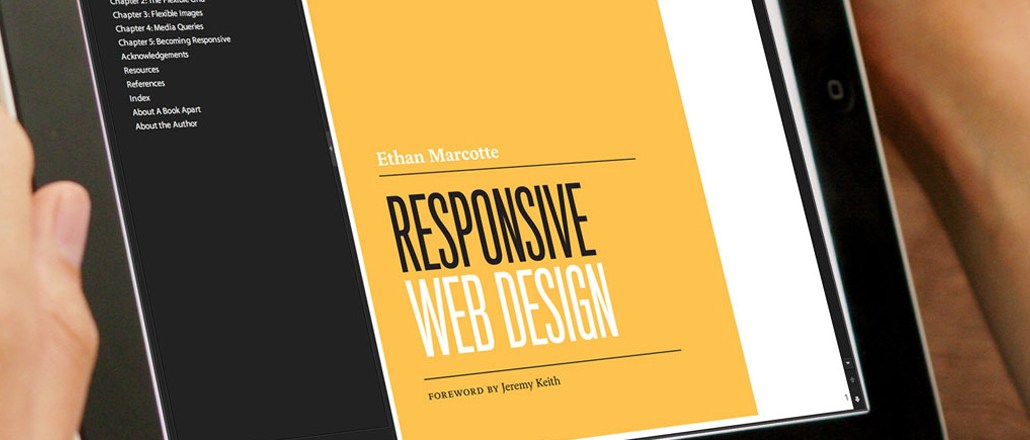Save 50% on a 3-month Digiday+ membership. Ends Dec 5.

Responsive design has rapidly gone from being an esoteric buzzword to table stakes for publishers rolling out redesigns. But it also comes with its share of snags.
In the last few years publisher’s referral traffic has split between desktop and mobile. Responsive design emerged as an effective way to address the shift: By taking one design and scaling it to readers’ screen size, publishers have been able to optimize their sites for mobile while not creating entirely new mobile sites from scratch. It’s also theoretically good for readers, who get a consistent experience across devices. But that approach, while attractive, has its drawbacks not just for websites, but their visitors as well.
“Responsive has a certain ‘wow’ factor to it,” said Chris Balmes senior information architect at Blue Fountain Media. “It’s a smart approach broadly, but its case-dependent on whether it always make sense.”
In other words, one-size-fits-all has its limitations. While responsive design makes it easy for sites to port a desktop design to mobile (or vice-versa) it doesn’t address the reality that visitors often have different expectations depending on whether they’re visiting on desktop or mobile. A mobile experience that’s also a desktop experience is essentially neither.
“If your mobile readers are looking for content that’s slightly different from what you have on your desktop site and all you do is shrink everything down, you may miss the mark,” said Dan Saltzman, director of user experience at EffectiveUI.
Page performance is also a concern with responsive design. While mobile versions of responsive sites only display a subset of the page content, there’s still a lot of behind-the-scenes work going on that slows down page loading times. That can kill the user experience, and make readers think twice before coming back.
Publishers aren’t in agreement as to which approach makes the most sense. While recent redesigns from ESPN, Bloomberg and CNN are all responsive, the paradigm still has some high-profile detractors, including The New York Times, which has stuck with a dedicated mobile site, and, more notoriously, Mail Online, which forces visitors to pinch and zoom their way through celebrity news.
Ad position: web_incontent_pos1
“Responsive lets publishers approach mobile, tablets and desktops as similar products but they’re also very distinct, Balmes said. “You need to have an overall website strategy but also a device-specific strategy.”
Saltzman said that while publishers are flocking to responsive sites, most should consider whether doing so actually makes sense for their readership and business model. Likewise, creating a fully responsive site requires more time and money upfront, which also influences the decision. “Understanding the audience use case is more important than ever with this. That’s really what’s going to drive whether you go responsive or create a separate experience,” he said.
Dan Maccarone, co-founder of Charming Robot, said that, despite responsive’s limitations, it’s still the most viable approach for content sites, whose use case tends to be identical on both desktop and mobile. “I’m pro-responsive for content — no question,” he said. “It’s a simple consumption experience. You’re not really creating so many different layouts that it makes sense to code things two different times.”
More in Media

What publishers are wishing for this holiday season: End AI scraping and determine AI-powered audience value
Publishers want a fair, structured, regulated AI environment and they also want to define what the next decade of audience metrics looks like.

Digiday+ Research Subscription Index 2025: Subscription strategies from Bloomberg, The New York Times, Vox and others
Digiday’s third annual Subscription Index examines and measures publishers’ subscription strategies to identify common approaches and key tactics among Bloomberg, The New York Times, Vox and others.

From lawsuits to lobbying: How publishers are fighting AI
We may be closing out 2025, but publishers aren’t retreating from the battle of AI search — some are escalating it, and they expect the fight to stretch deep into 2026.
Ad position: web_bfu